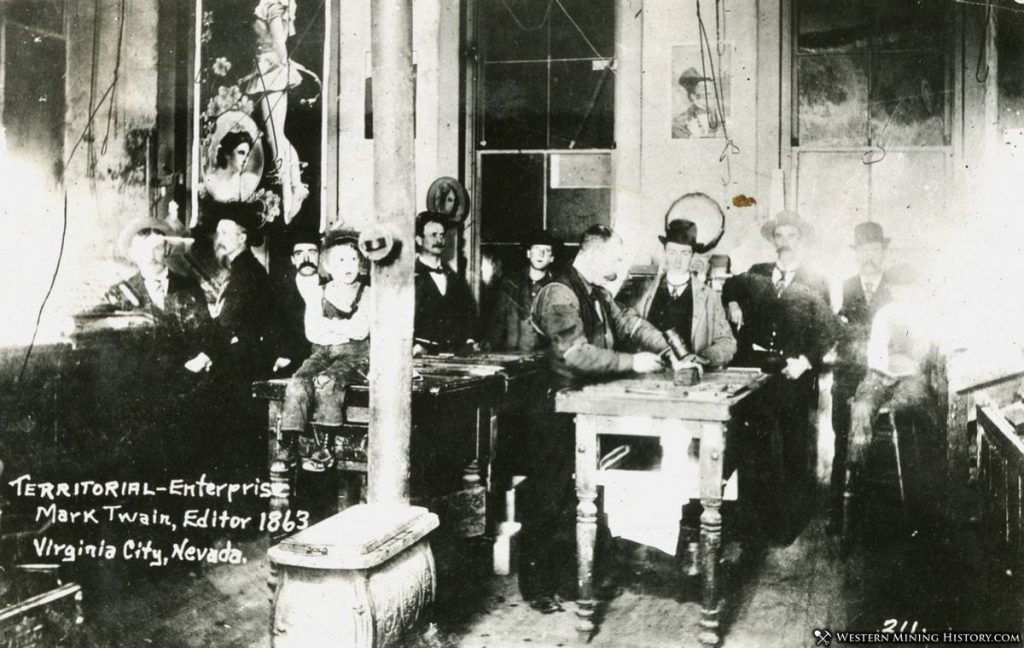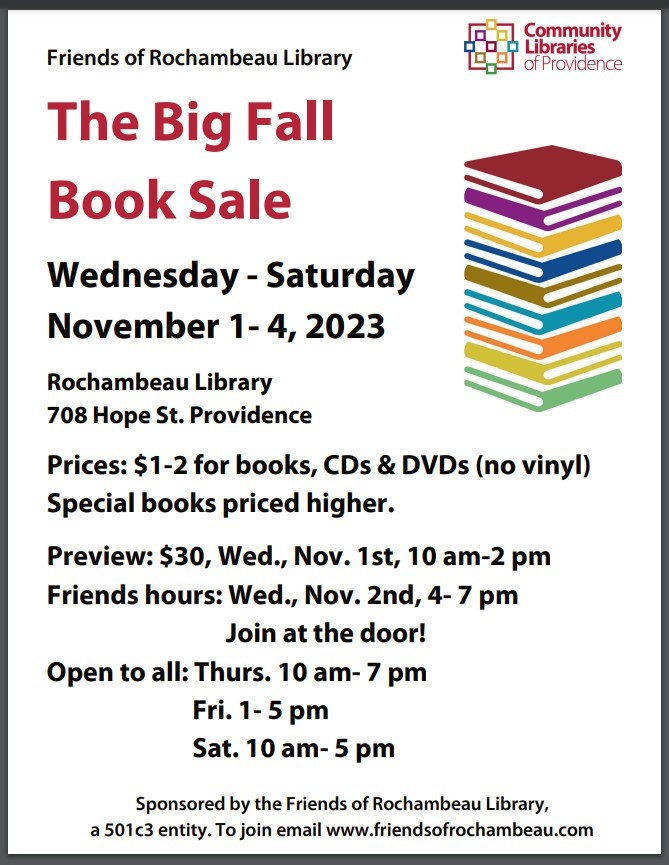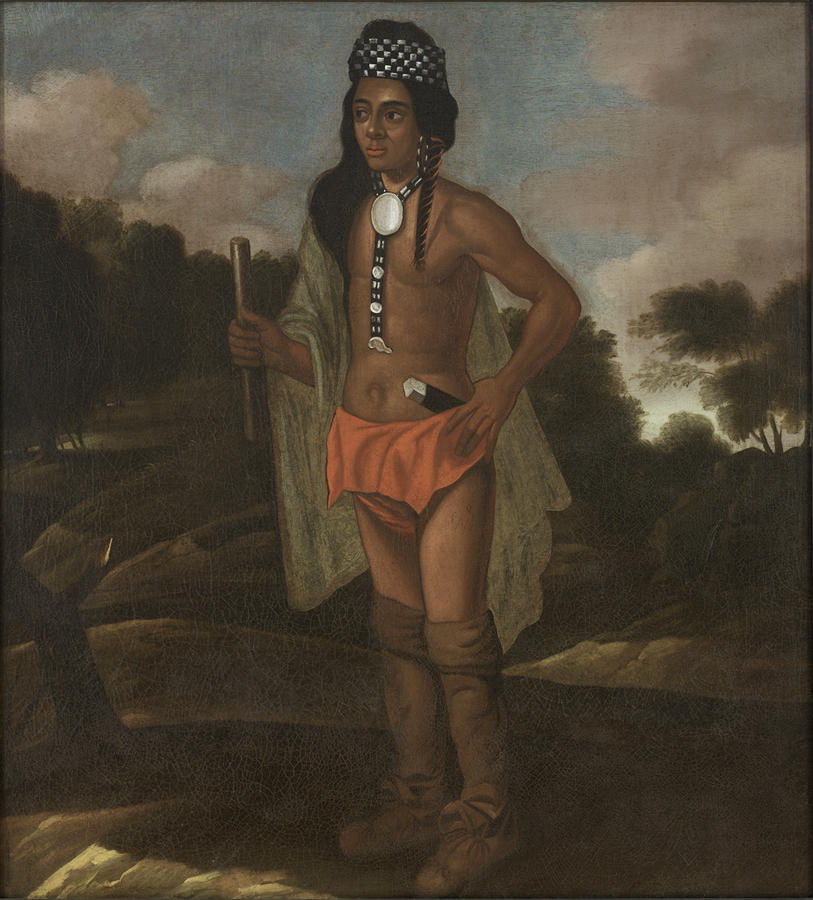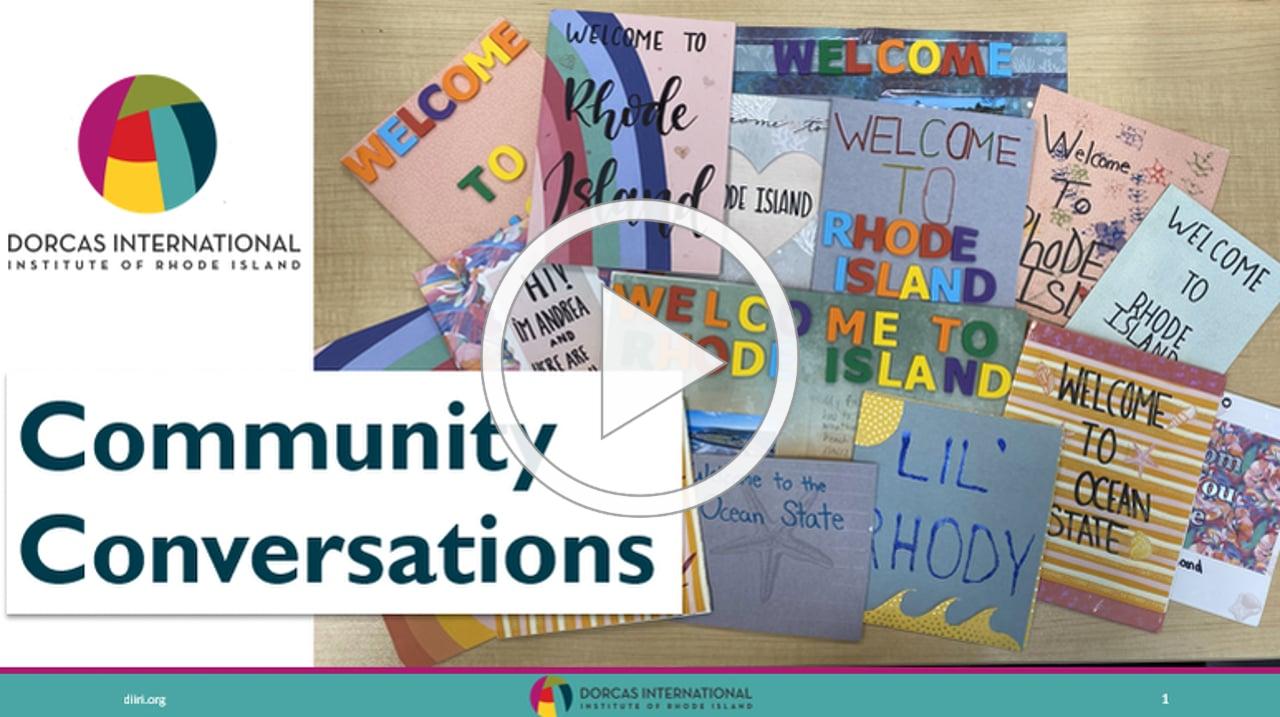
INSIDE THIS EDITION:
- LLC MICRO-BIOGRAPHIES: John Mignault and Elsa Grieder
- GROWING UP – A TRUE STORY by Naomi Appel
- ANNOUNCEMENTS: Stages of Freedom & RISD present SAVING BANNISTER: PLACING EDWARD BANNISTER'S PAINTINGS IN THE SMITHSONIAN INSTITUTION (Thurs, Nov 2 @ 5 PM); CHRISTIANA CARTEAUX BANNISTER HISTORIC MARKER DEDICATION (Sat, Nov 4 @ 10 AM, Rain date Sun, Nov 5)
- Dorcas International's COMMUNITY CONVERSATION Presentation Recording
- ROCHAMBEAU LIBRARY BIG FALL BOOK SALE (Nov 1-4)
- TWO STUNNING DISCUSSIONS: ORIGIN STORIES: THE PEQUOT WAR AND INDIGENOUS ENSLAVEMENT IN NEW ENGLAND (Wed, Nov 1 @ 6-7:30 pm) and STOLEN RELATIONS: CENTURIES OF NATIVE ENSLAVEMENT IN THE AMERICAS (Wed, Nov 15 @ 6-7:30 pm)
LLC Micro-Biographies
The Membership Committee asked participants to create “micro-biographies or “memoirettes” between two paragraphs and one page and to include "If you knew me, you would know that..."
John Mignault
You can find John Mignault weekly in the Scrabble room. He played for years in New York City and has been stunned by the skill level of LLC scrabblers. He will tell you that he has met his match.
Although he and his wife Leslie relocated after completing careers in New York City less than two years ago, Providence has felt like home for a long time and it was their long-range plan to retire here. He was born and raised in RI and attended La Salle Academy. John and Leslie were friends at Brown. Years later, their friendship turned into a marriage. John’s advanced degree in library science and his coding skills led to a career as a systems librarian and to employment at the New York Times and the New York Botanical Gardens. His retirement coincided with “COVID madness.”
In introducing our new members, we try to feature “If you knew me . . .” If you knew him, you would know that he can do a raft of yo-yo tricks, plays the harmonica, and knows advanced knot-tying. But that is topped by his bread-baking expertise, which includes the uncommon ability to produce great sourdough bread.
Elsa Grieder
I was born and brought up in small towns in Wisconsin. Just before 8th grade my father, a minister, received and accepted a call to a church in Madison, the state capital and home of the University of Wisconsin. Although my father maintained that God had called him to Madison, it was also a fact that he could afford to send his children to college by having us live at home and commute.
The summer after college, 1954, I joined a summer theater in Virginia City, Montana, where I met my future husband, Jerry, who was its printer (and actually used Mark Twain’s type from The Virginia City Nevada’s Territorial Enterprise). We married two years later.

In 1965 Jerry accepted a job teaching Chinese and Japanese History at Brown University. I think it is amusing to note that at that time the History Department taught only American and European history so it was the Political Science Department that hired Jerry and two other Asian historians. Today Brown has a department of East Asian Studies.
I was fortunate to have two very exciting careers. The first was teaching or hanging out with four-year-olds for 30 happy, fun-filled years. The day I retired I was interviewed at Hope Health and Hospice and trained to be a volunteer. I had retired because my body was aging and I found it hard, slow work to get up from the floor where most of our activities were conducted.
But in Hospice work the slogan was “Don’t just do something—SIT THERE!” I had no trouble sitting and listening, paying attention.

“Chinese Collections at Brown University” from Google Images
In 2002 Jerry and I enrolled at LLC and immediately started coordinating classes together. We taught about the American Indians several times. One class member was interested only in Indian culture. He told people he spent 10 weeks with people crying over the plight of the Indians.
If you knew me, you would know that I’m enthusiastic. I am never the smartest person in a class but I am often the most enthusiastic!
Editor's Note: The Membership Committee hopes other new members will participate in this new feature “Micro-Biographies.” If you would like to add your memoirette, please contact the editor, Diana Grady, at [email protected].
Growing Up – A True Story
by Naomi Appel
I was born and raised in East Rockaway, New York, not to be confused with Far Rockaway. It was, and still is, a very small town, being only 1.031 square miles located on the South Shore of Long Island.
The 1950 census population was 7,970. Ten years later the 1960 census showed an increase to 10,720. As far as I could tell no one noticed the extra 2,750. East Rockaway was so small that we didn’t even have a middle school. We went from 6th grade right into High School. One school and one building from 7th to 12th grade. Even after all these years that hasn’t changed!
The approximate demographics of East Rockaway: Italian 48%, Irish 46%, and other 6%. I was an “other.” Until I got to about 9th grade, I was the only “other” Jewish kid that I knew. But, I never really noticed until Christmas came around. Oh sometimes someone would reminded me prior to the holiday that I was not quite like everyone else. My friend Mary Catherine told me that she could really be my friend now because “we” had been forgiven for killing Jesus and she would still pray for me. I thanked her even though l had no idea what she was talking about. I mean I knew who Jesus was but I also knew that I and no one in my family would ever kill anyone!
There was another time, a few years later, after we got our very first house and we were so happy we couldn’t wait to move in. I don’t remember exactly when but we got up one morning and someone had painted a bunch of swastikas on our driveway. I didn’t really know what a swastika was, but it made my Mom cry so I figured it was very bad. Some of our new neighbors helped my Dad scrub the driveway clean. That made my Mom cry too, but she said they were happy tears.
But getting back to Christmas – I loved Christmas. Most of the people on our block I think, they felt sorry for me, because we didn’t have a Christmas tree. But I didn’t mind cause I got invited to help decorate just about every Christmas tree on our block!!! And I got lots of cookies too!
Now that I was getting older I learned a few more things about who I was, or I should say, who I was supposed to be. I remember Jimmy O’Rourke used to hang newspaper pictures in my locker. They were about some guy named Eichmann who was in prison for killing a bunch of Jewish people. I didn’t understand and I didn’t know if I should thank him for showing me the news or not? My friends told me that it was definitely not a nice thing for him to do and I should report him to the principal. I didn’t want to do that. So whenever I found anything about Eichmann in my locker, I just took it out and stuffed it in Jimmy’s locker. After awhile they stopped coming and after a few years Jimmy and I – we actually became pretty good friends.
One year four of my girlfriends showed up at our door and asked my Mom if I could go to Christmas Eve Mid-night Mass with them. I held my breath until she said yes. On the way to church they told me if we all said a prayer and asked Saint Christopher to give us snow for Christmas he just might do it. I was skeptical but hey, nothing to lose. So I did have a little talk with Saint Christopher and told him even though I was Jewish, I hoped he would please make it snow for Christmas.
The Mass was incredibly beautiful. When it was over as we walked out of Church, and I swear this is the truth, it started snowing. Real snow and lots of it. I ran all the way home as fast as I could and told my Mother that we were definitely in the wrong religion and we needed to change.
A few weeks later at dinner I was told that next month I would be starting Hebrew school two afternoons a week in a near-by town. And if I behaved and paid attention I just might be allowed to go to midnight mass again next Christmas.
Announcements
Thursday, November 2 @ 5 p.m.
Ed Shein, Barnaby Evans, Ray Rickman will present a conversation:
Saving Bannister: placing Edward Bannister's Paintings in the Smithsonian Institution
RISD Museum of Art, Metcalf Auditorium, 20 North Main Street
The event is free, but registration is required: THE BANNISTERS | stagesoffreedom
Saturday, November 4 @ 10 a.m. (Rain date November 5)
Christiana Carteaux Bannister Historic Marker dedication
Stages of Freedom Event, 10 Westminster Street
Thank you to all who attended our virtual event, Community Conversation! We received such insightful questions during our discussion that we thought we'd share the recording for those who missed it!
The many ways you can help:
DONATE GOODS: We are currently in need of Clothing & Shoes, Hygiene Items & Diapers, and so much more
HOUSING: We are in need of reasonably priced housing for newly arriving families in the RI Urban Core area
VOLUNTEERS NEEDED: ESL Classroom Aide, Walk-In Center Assistant, Clothing Collaborative Volunteers, Interns
DONATE FUNDS: Become a Monthly Donor, Host a Dress Down Day, Honorary and Special Occasion Gifts, Matching Gifts: Double your Impact!
We are happy to answer your questions! Please contact our team!
www.diiri.org | [email protected] | 401-784-8707
Dorcas International Institute of Rhode Island strives to create a welcoming environment for all, working to empower the most vulnerable among us for more than 100 years. We meet our clients where they are by providing innovative, wraparound programs and services helping those seeking to overcome educational, cultural, economic, and language barriers.

TWO STUNNING DISCUSSIONS OF NATIVE ENSLAVEMENT AND RESISTANCE

from Partnerships of Historic Bostons
In his journal entry of February 28, 1638, John Winthrop noted that "Mr Peirce, in the Salem ship, the Desire" had arrived from the West Indies with "some cotton, and tobacco, and negroes, etc. from thence, and salt from Tertugos." This passage from 1638 is widely considered to be the first recorded instance of enslaved Africans in Boston, signaling the start of New England slavery.
But New England slavery began, not with the importation of Africans, but two years earlier with the enslavement of Native people in the Pequot War - a fact we need to remember as we honor Indigenous People's Day.
Hundreds of Pequot men, women and children were captured, enslaved, and either kept in New England or sent to the Caribbean to work and die on English plantations. In 1636, John Winthrop ordered 17 war Pequot captives to be transported to the Caribbean by the same ship Desire on its outward journey.
Join scholar Margaret Newell, with Mashantucket Pequots Joshua Carter and Michael Thomas, to learn about this crucial but little-known history in Origin Stories, Wednesday, November 1, 6-7:30 pm at the Boston Public Library. Sign up here.
New England, with its relatively small numbers of enslaved people, was not alone. Up to 5 million Indigenous people across the Americas were enslaved. Learn more at Stolen Relations: Centuries of Native Enslavement in the Americas, Wednesday, November 15, 6-7:30 pm at the Boston Public Library, with a panel discussion with Linford Fisher, Cheryll Toney Holly (Nipmuc), Alexis Moreis (Wampanoag), and Loren Spears (Narragansett).
Both in-person events will be live-streamed; once you sign up, we'll send you the link. Do join us!
Sarah Stewart
Partnership of Historic Bostons
historicbostons.org
Image: This portrait was long thought to be of Niantic leader Ninigret II, but recent scholarship identifies it as Robin Cassacinamon, an important Pequot leader. Native American Sachem, accession number 48.246, courtesy of RISD/public domain.

